IAC News
IAC News No.119,September 2022
Japan Society of Civil Engineers International Activities Center September 1, 2022 IAC News No.119
Shibaura Institute of Technology’ s Internationally-Oriented Education and Education Policy during the Coronavirus Pandemic
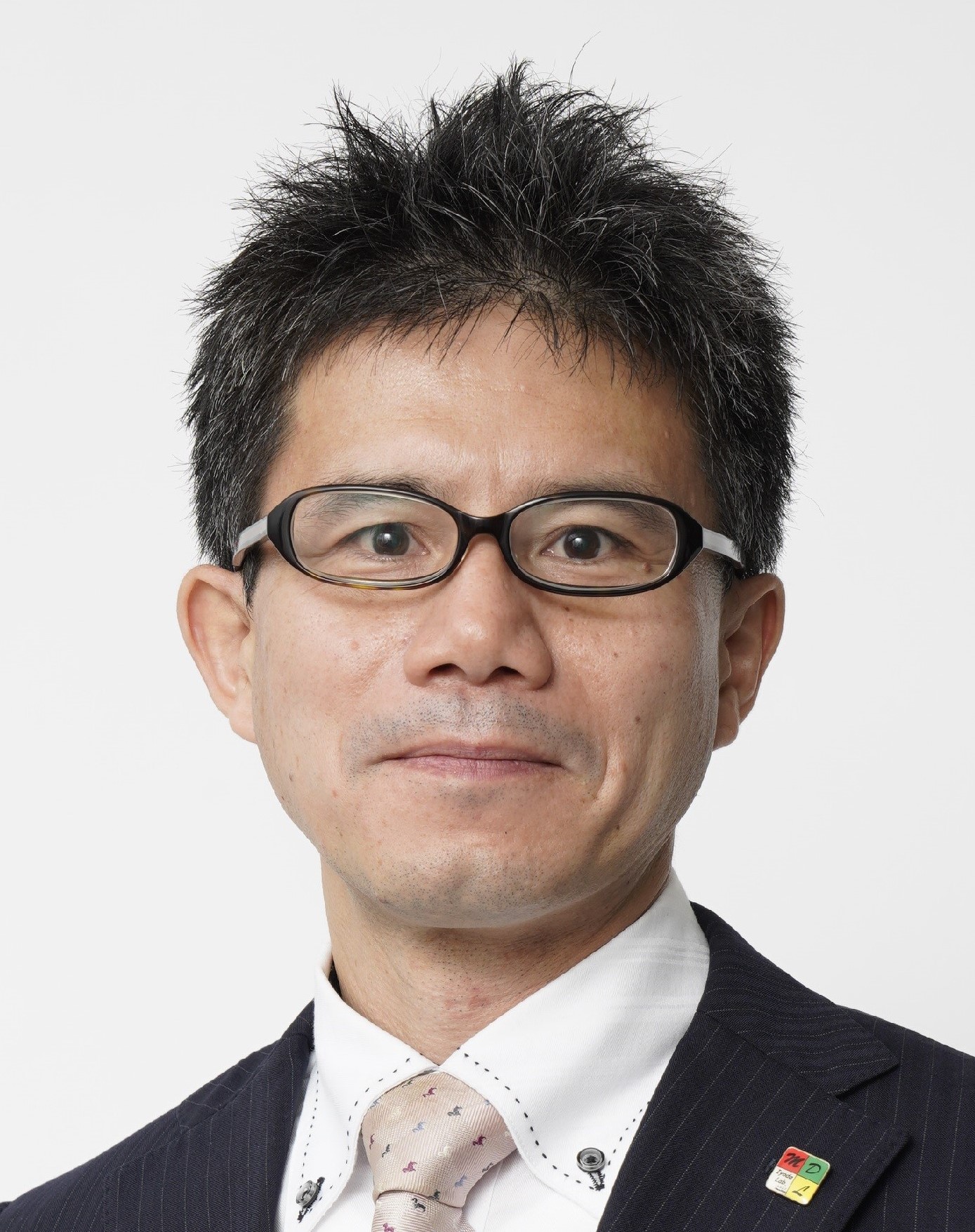
Prof. Takeshi Iyoda
(Shibaura Institute of Technology)
Established in 1927 as an engineering college, the Shibaura Institute of Technology was initially composed of two departments: the Department of Mechanical Engineering and the Department of Civil Engineering. Today, it approaches its 100th anniversary. Having experienced many transformations over the years, the Shibaura Institute of Technology continues to grow. In terms of making the university more internationally-oriented, in 2014 we were the only engineering college in the world to be selected for the SGU Project (Super Global University Project), setting out on our journey to achieve our major goal of making the university more internationally-oriented. It used to be a small university with almost no one from overseas on campus. However, starting with this project, we began efforts that were completely different from anything we had done before, such as supporting Japanese students to study abroad, accepting international students, hiring international administrative staff, hiring administrative staff who can communicate in English, and setting up courses to be offered in English. In particular, we have accepted short-term and long-term international students from Brazil, Africa, and Asian countries through programs such as Science Without Borders and the Abe Program. In addition, in 2020, we established the IGP (Innovative Global Program) within the Faculty of Engineering, a program that allows students to obtain a degree by studying solely in English. We are attracting new students every year.
The Department of Civil Engineering is also involved in the IGP (recruiting international students in the field of civil engineering as well) and takes on many students in the aforementioned program. For example, my laboratory has also accepted three short-term international students from Brazil, two from Asia, and one from Africa. Also, my laboratory has been steadily welcoming graduate students as long-term international students, with two from Africa and two from Brazil. Furthermore, the Department of Civil Engineering as a whole has a large number of international students participating in programs such as those of the Japan International Cooperation Agency (JICA). Although such efforts were successfully helping to make the university more internationally-oriented, due to the impact of COVID-19, there was a dramatic drop in the number of international students and students in general on campus. However, the programs have continued, and, by holding them online, our lectures have continued. Because of this, we decided to offer lectures to a large number of students from all over the world by providing courses held in English. However, online students who had not traveled abroad would not turn on their camera when using Zoom, etc., and so it was a very difficult situation in which it was not possible to tell what kind of students were on the course. This school year, many students have traveled abroad, reaching their respective universities, and many international students have returned as before the pandemic. The number of international students on campus now was inconceivable in the midst of the pandemic, and I sometimes see Japanese students in the corridors doing their best to communicate in English.
Fast forward and research presentations have also become more internationally-oriented. While there were not many laboratories in the department that submitted papers to international conferences, this wave of increased international activity has seen an increase in the number of submissions to international conferences. It is a shame, however, that these events are still held online due to the impact of the pandemic. In my laboratory, graduate students have submitted papers to many international conferences over the past few years, but all of these events have been held online. While the sight of students giving presentations in hesitant English in a corner of the laboratory wearing formal attire on just the upper half of their body was a real pity, at the same time, I realized how convenient it is. As they could not understand what was being said in the Q&A, some students also made eye contact with me, seeking help. If it was a conference in person, this would rarely happen. This world of online events is really interesting.
As I mentioned, efforts to make the university more international are progressing at an accelerated pace, and I feel that the Department of Civil Engineering is also getting closer to reaching the levels of nearby universities. The fact that we have more and more opportunities to speak English without having to study abroad is stimulating for both the students and myself and makes me very happy. I also find it extremely encouraging given that exposure to different cultures is a source of growth for our students.
【Reported by Prof. Takeshi Department of Civil Engineering,
Faculty of Engineering, Shibaura Institute of Technology】
ENEOS Corporation’s KS-1 Submarine Pipeline
Renovation Construction Project
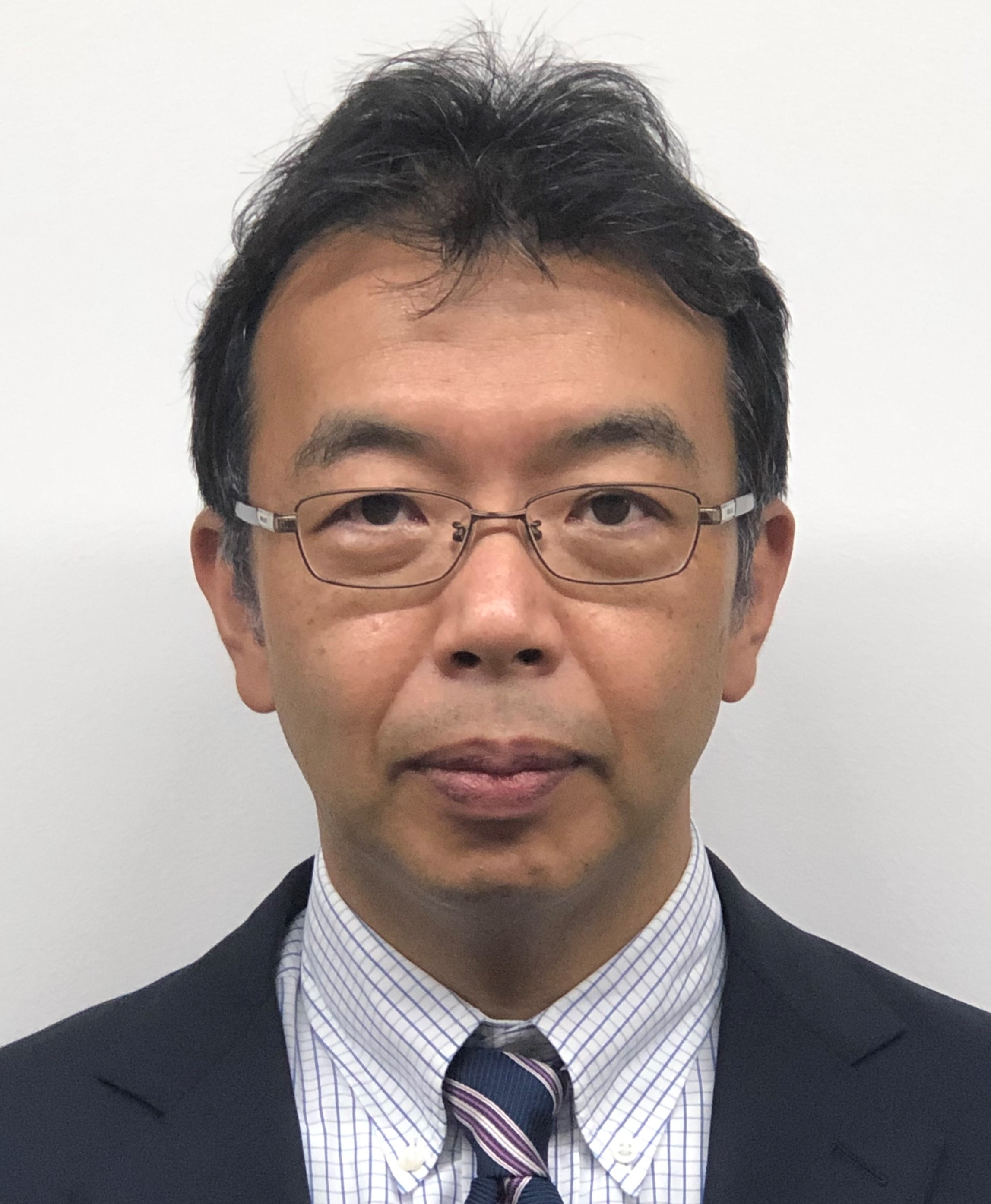 Masaaki Inoue
Masaaki Inoue
(TAISEI CORPORATION)
1. Construction Outline
The Ukishima Seaberth (owned by ENEOS Corporation’s Kawasaki Refinery and hereinafter referred to as KS-1), which is the subject of this construction project, is an important facility responsible for providing a stable energy supply to the local community. Due to the Kawasaki City Government’s waste landfill plan, however, it became necessary to move the facility from the front of the landfill site to the side of the existing offshore sea berth (hereinafter referred to as KS-2). In the submarine pipe construction work associated with the KS-1 relocation, this was a project to renovate the existing pipes by developing and using a new construction method, the “Submarine Pipeline Renovation Method,” which utilizes the existing KS-2 pipes that had been out of use. This project won the Project Award at the 2021 Infrastructure Maintenance Awards.
2. Construction Method Outline
As the conventional renovation method for submarine pipes requires extensive seabed excavation, it is presumed that the conventional method will be difficult to adopt in the future in terms of sea area restrictions, social impact, and conservation of the natural environment. In this project, new piping (inner diameter of 840 mm) was inserted into the existing piping (inner diameter of 1,050 mm) to renovate the existing piping with minimal seafloor excavation.
As this project involves curved alignment across a long stretch of roughly 2.3 km, it would be difficult to carry out the construction with the existing insertion method. Thus, a new construction method was developed. The principle behind inserting a new pipe is to create a sealed structure by closing the ends of the new pipe. By pressurizing the enclosed liquid from the rear end of the pipe through a plug, the pressure is transmitted to the tip of the new pipe to move it forward (Figure 1). This principle means that as a tensile force acts on the new pipe, the new pipe can be laid inside the existing pipe without damaging the pipe due to buckling.

Insertion Principle
3. Construction Method
The land-side end of the existing piping was lifted from the seabed and supported on a temporary platform equipped with an insertion device. A strand jack was fixed to the rear end of the existing pipe, and this was used as a counter force to pressurize the plug (Photo 1). The following two measures were also taken to facilitate the forward movement of the new pipe:
(1) Sliding spacers were attached to the outside of the new piping to reduce frictional resistance.
(2) A liquid with a large specific gravity (heavy liquid) was poured into the existing pipe to adjust the weight of the new pipe with the buoyancy of the liquid.
Thanks to these measures, the new piping could be inserted smoothly with a small insertion force, with the construction completed trouble-free in September 1996.
4. Conclusion
Submarine piping is widely used as a means of transporting fluids such as petroleum, but most of these pipelines were constructed back in the 1960s and 1970s, with many of them suffering the effects of aging due to corrosion. If a leakage accident occurs from these submarine pipes, there is a danger of it causing serious environmental pollution. That is why the renovation of aging submarine pipes has become a major issue. I hope that this construction method will help encourage further advancement, such as the effective use of existing pipes in the shift to alternative energy resources in the future.
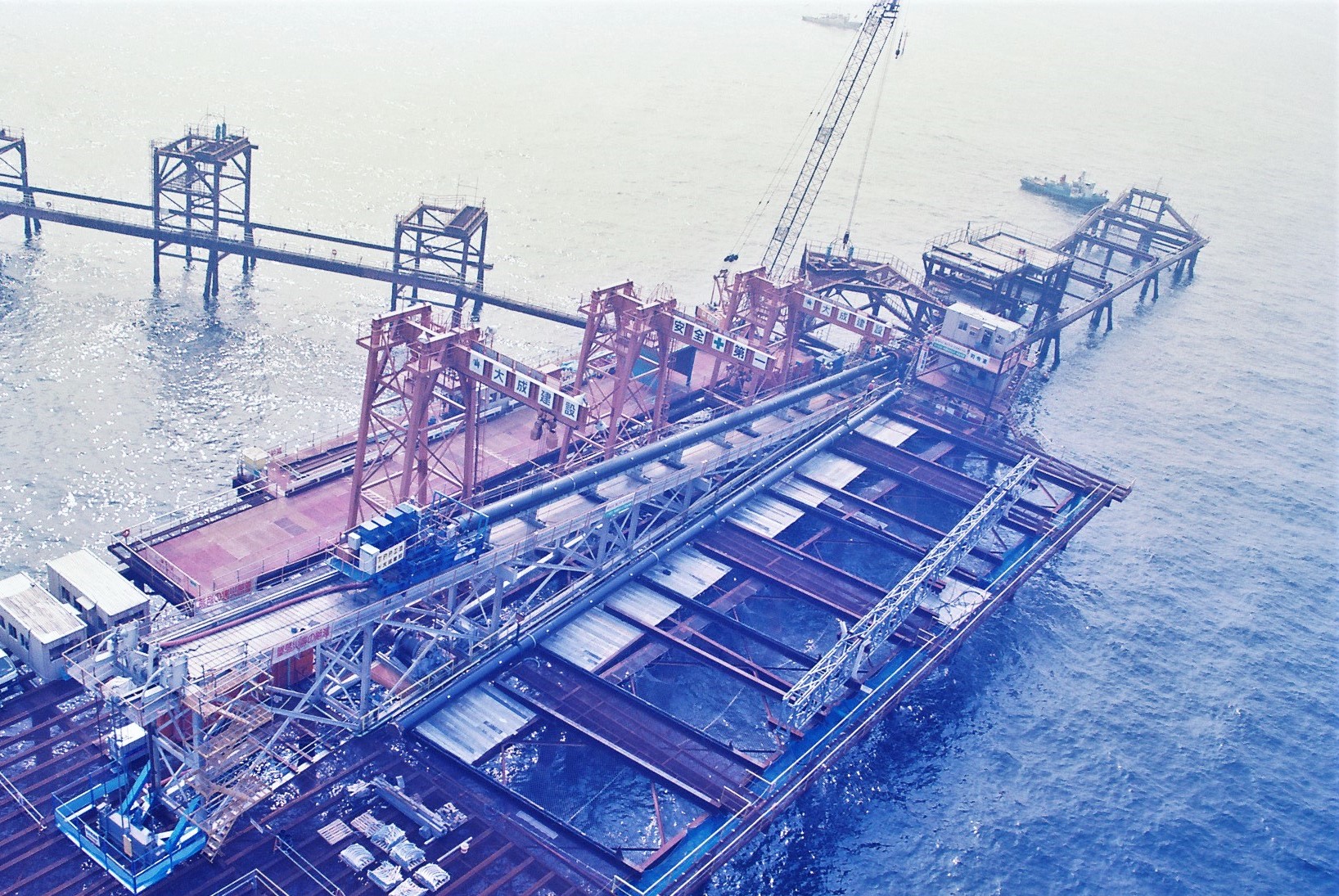
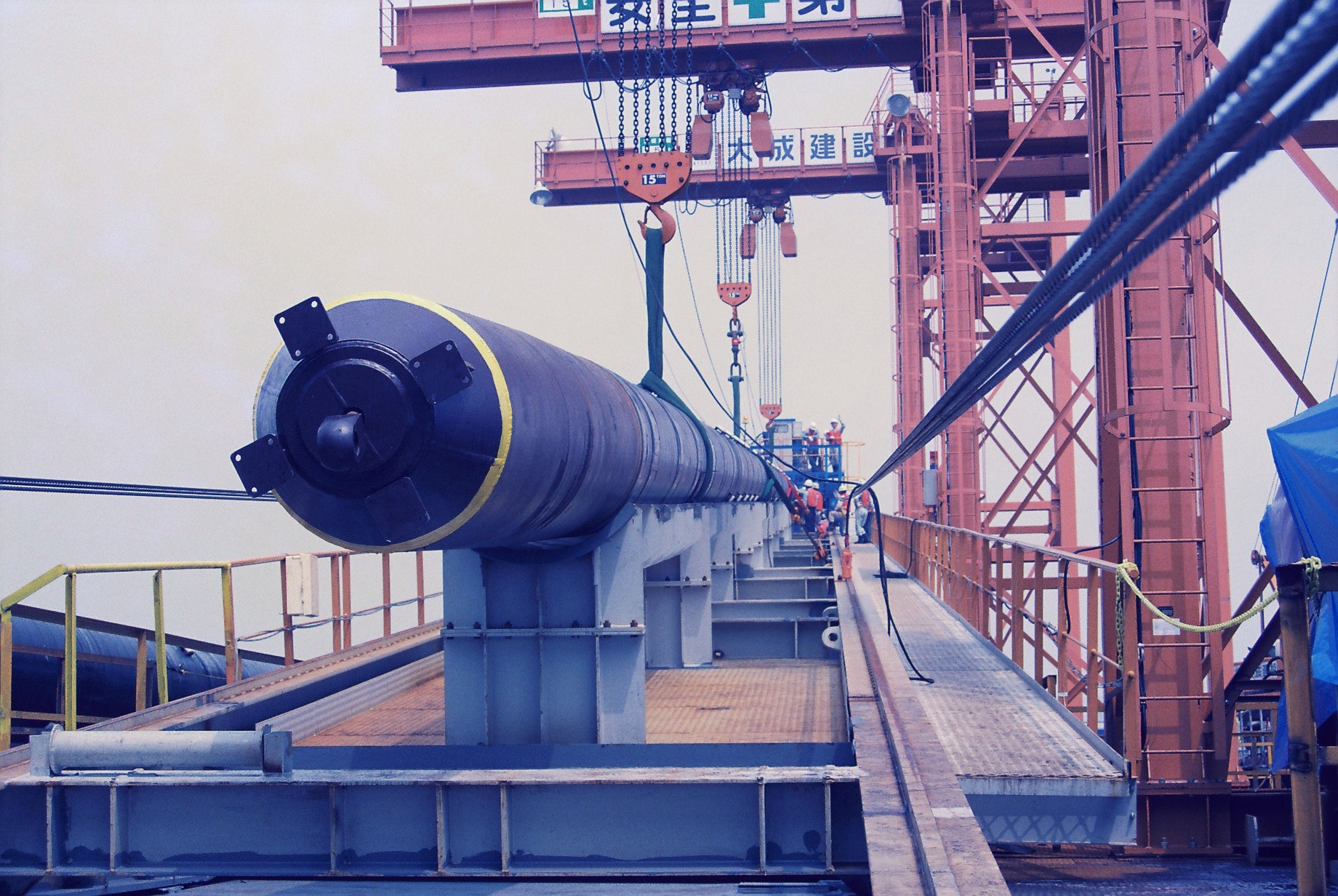
Photo 1 State of Construction
【Reported by Masaaki Inoue Chief Manager,
Marine Section, Construction Engineering Department,
Civil Engineering Division, TAISEI CORPORATION】
Applied Mechanics Committee, JSCE 
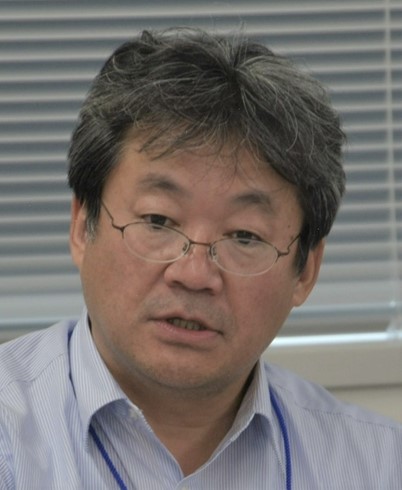 Ryosuke Uzuoka
Ryosuke Uzuoka
Immediate-past Chair, Applied Mechanics Committee (Kyoto University)
Applied Mechanics Committee started in September 1994 to improve the common platform in the mechanical discipline in the civil engineering field, where collaborative research is encouraged among relevant fields, thus, contributing to the development of theoretical (analytical) mechanics, experimental mechanics and computational mechanics. Since then, using “applied mechanics” as the keyword, the Committee has created a community of researchers and engineers, in particular young members, from all sectors, who have been engaged in cutting-edge research activities in civil engineering, with the main focus on pure research. In particular, Symposium on Applied Mechanics, which has been held every year since 1998, provides an opportunity to present the achievements of cutting-edge research in applied mechanics. The research papers are reviewed and subsequently published annually in the Japanese Journal of JSCE Special Edition (Applied Mechanics). At present, around 120 oral presentation applications and nearly 60 papers for review are received every year by five editorial departments (mathematical analysis for mechanics problem, computational mechanics, mechanics of materials and complex phenomena, fluid mechanics and applied mathematics). Due to the spread of COVID‐19, the 23rd (May 2020) and 24th (May 2021) symposiums were in a completely online format, and the 25th (May 2022) symposiums was in a hybrid format. A total of 421 people participated in the 24th symposium, which was a great success due to the ease of participation in the online format.
The ‟Applied Mechanics Forum” is held by the secretary of the 8 regional branches of the JSCE. Recently, this has also been held online and has received more than 100 participants each time, making it a place for information to be disseminated from the branch to the whole country. As research subcommittees, Computational Mechanics x α, V & V in Numerical Analysis in the Civil Engineering Field, Data Driven Reliability Design and Risk Assessment Implementation Research, Fluid Dynamics of Environment and Energy and Disaster Prevention are active. The Applied Mechanics Seminar and the JSCE Annual Meeting are also held annually, and at these events, these research subcommittees sponsor and introduce front-line topics to members, and actively promotes applying the latest achievements in practice and contributing them to education. In addition, as a new activity using the online format, we plan to hold a seminar series ‟Applied Mechanics Frontier” in the online format, in which researchers who are conducting cutting-edge research in applied mechanics and related fields will give lectures. For further information about what the Applied Mechanics Committee does, please visit the Committee’s website.
URL: https://appmech-jsce.com/
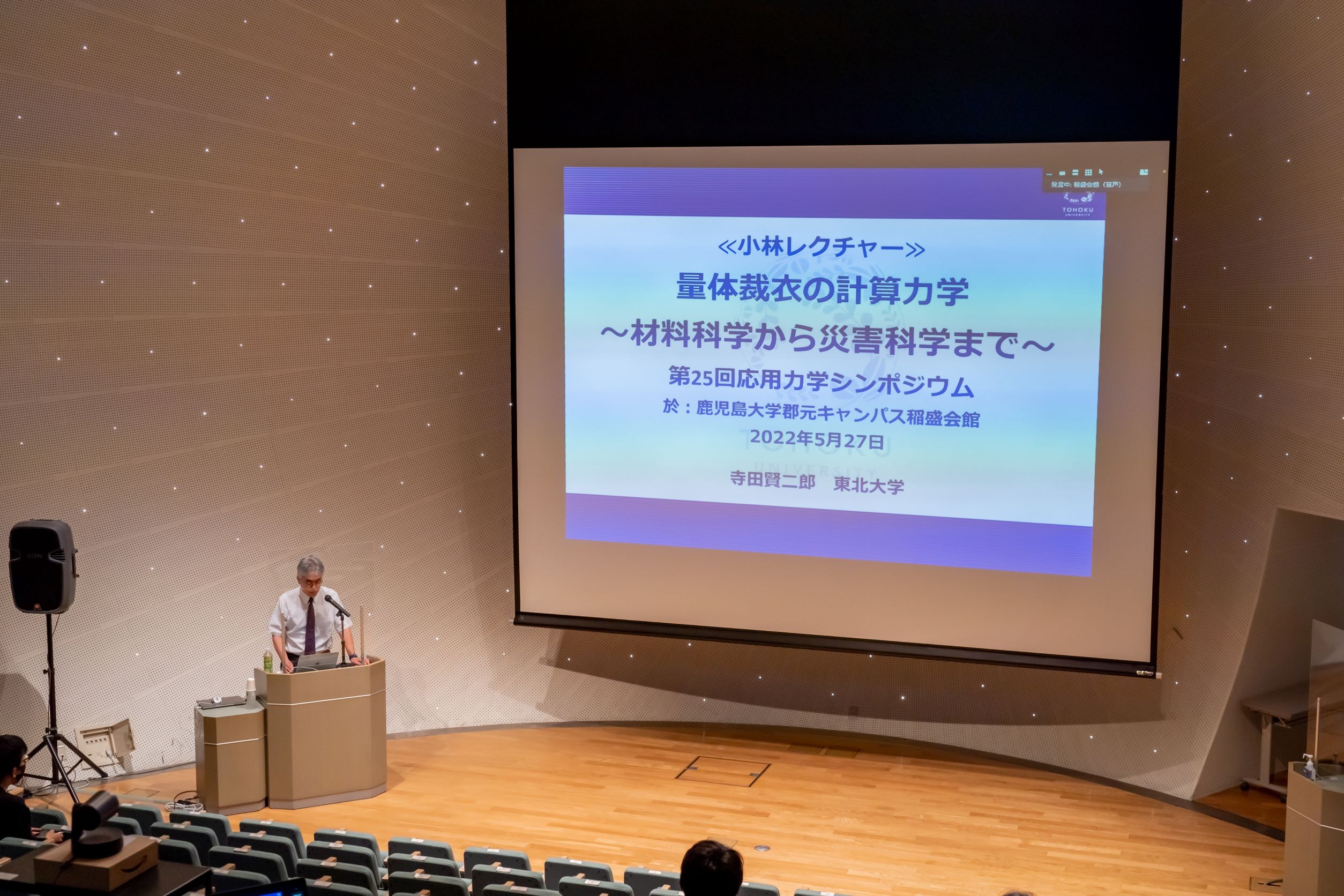
The 25th Symposium on Applied Mechanics
(Kobayashi Lecture by Prof. Kenjiro Terada (Tohoku University)
at Kagoshima University on May 27, 2022)
【Reported by Ryosuke Uzuoka, Immediate-past Chair, Applied Mechanics Committee (Kyoto University)】
Updates
◆JSCE-ASCE Infrastructure Resilience Research Group: https://www.infraresil.jp/
◆2022 JSCE Annual Meeting International Program (Japanese) https://committees.jsce.or.jp/kokusai/node/286
◆JSCE Feedback Web Form「多門に多聞&多問」
https://committees.jsce.or.jp/chair/node/59
◆The International Infrastructure Archives
– A Compilation of Japan’s Greatest Projects in Transfer of Civil Engineering Technology in Service – http://www.jsce.or.jp/e/archive/
◆IAC “News Pick Up!!” on the JSCE Japanese website
https://committees.jsce.or.jp/kokusai/iac_dayori_2022
◆Summary of featured articles in JSCE Magazine Vol. 107, No.9 September 2022
http://www.jsce-int.org/pub/magazine
◆Journal of JSCE
https://www.jstage.jst.go.jp/browse/journalofjsce
◆4th JSCE Concrete Committee Webinar "Frontiers of Concret Technology" https://www.jsce-int.org/node/774
◆JSCE Online Joint Seminar
“Advanced technologies and issues related to thermal effect of concrete in Singapore and Japan” https://www.jsce-int.org/node/773
◆The 9th Civil Engineering Conference in the Asian Region (CECAR9)
https://cecar9.com/
◆The 1st International Conference on Food Waste to Food Sustainability 2022 https://www.polyu.edu.hk/pfs/index.php/392861?lang=en
◆The 4th Asian Concrete Federation (ACF) Symposium on Emerging Technologies for Structural Longevity (ACF2022_ETSL): https://acf2022.aconf.org/index.html
◆The 9th International Conference on Flood Management (ICFM9)
https://www.icfm9.jp/index.html
Subcription
The IAC News is one of the communication tools to share information and ideas with the members. We would like to invite you, your friends and colleagues to join the communication and to subscribe the IAC News. Please register online: (http://www.jsce-int.org/node/150). We look forward to meeting you.
